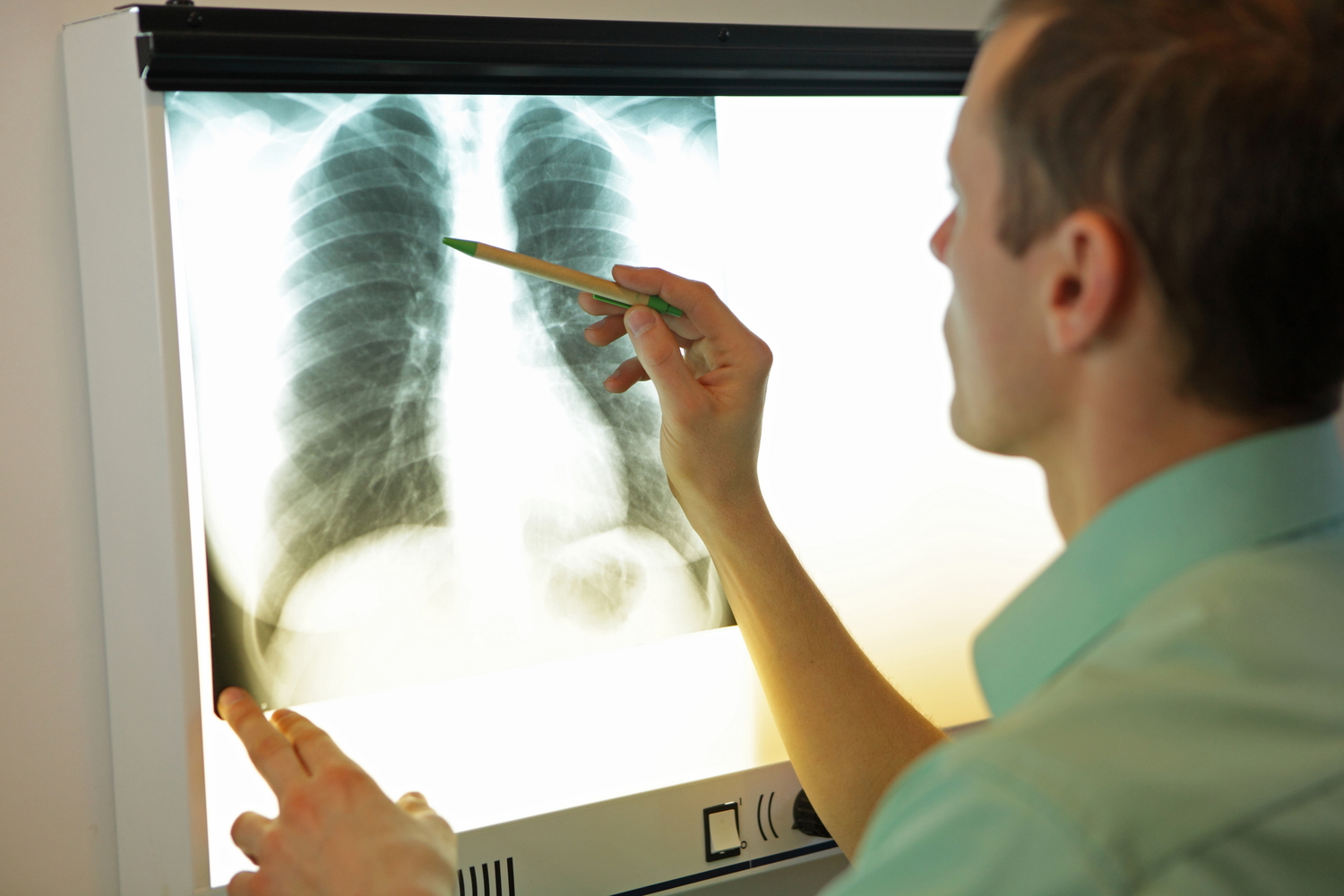
Exif created by JPEGTweaker
Commonly referred to as COPD, Chronic Obstructive Pulmonary Disease is a group of progressive lung diseases. The most common are chronic bronchitis and emphysema.
Emphysema destroys air sacs in your lungs over time, which interferes with outward air flow. Bronchitis causes inflammation and narrowing of bronchial tubes, which allows mucus to build up.
The top cause of COPD is smoking tobacco. Long-term exposure to chemical irritants are also a cause of COPD. Diagnosis of COPD usually involves imaging tests, blood tests, as well as lung function tests. There isn’t a cure for COPD, but treatment can help ease symptoms, reduce the chance of any complications, and can generally improve quality of life.
If left untreated, COPD can lead to a faster progression of disease, various heart problems, and worsening respiratory infections.
Symptoms
COPD makes it hard to breathe. The symptoms may be mild at first, with intermittent coughing and shortness of breath in the beginning. Over time, symptoms can become more constant, making it increasingly difficult to breathe.
Early symptoms include:
- shortness of breath
- Recurrent cough
- needing to clear your throat often
Symptoms can then get progressively worse and harder to ignore. As your lungs get more damaged, you may experience:
- shortness of breath
- wheezing
- chest tightness
- chronic cough
- need to clear mucus from your lungs
- frequent colds, flu, or other respiratory infections
- fatigue
In later stages, symptoms may include:
- swelling of the feet, ankles, or legs
- weight loss
You may need immediate medical care if:
- you have bluish or gray fingernails or lips, indicating low oxygen levels in your blood
- you have trouble catching your breath
- you feel confused, muddled, or faint
- your heart races
Treatment
Treatment of COPD can help ease symptoms, prevent further complications, and generally slow disease progression.
Medication
Medications called Bronchodilators help relax the muscles and widen airways so you can breathe easier. These are usually taken through an inhaler or a nebulizer.
Oxygen therapy
You can receive supplemental oxygen through a mask or nasal cannula to help you breathe better if your blood oxygen levels drop too low.
Lifestyle changes
Certain lifestyle changes will also greatly help alleviate your symptoms or provide relief.
- Quit smoking if you do.
- Avoid secondhand smoke and chemical fumes whenever possible.
- Work with your doctor or dietician to create an eating plan for better nutrition.
- Talk to your doctor about how much exercise you should do.








